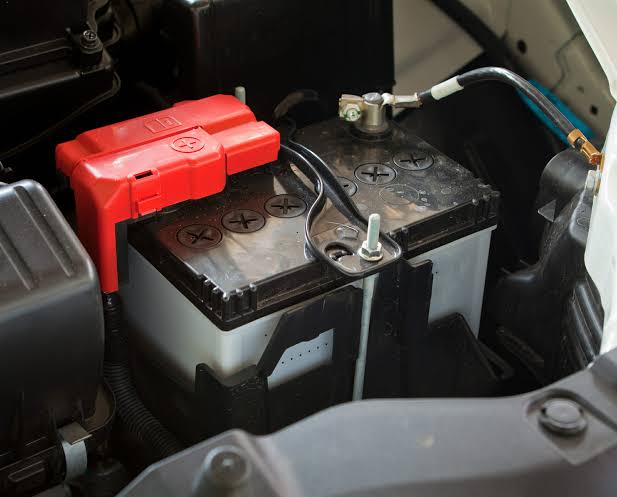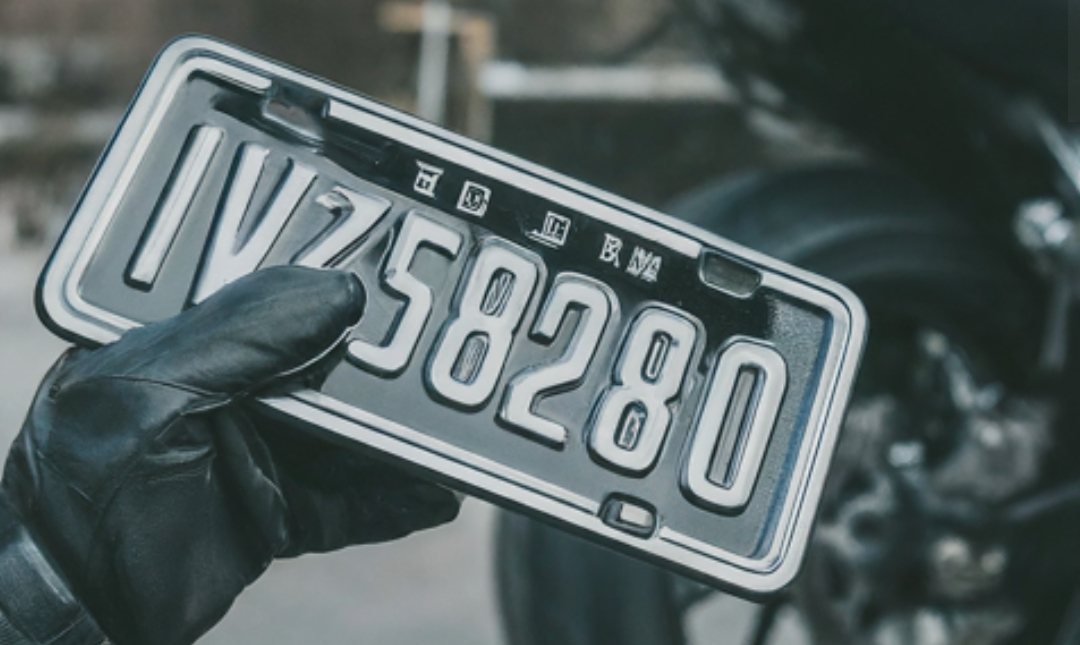Everything You Need to Know About the 2017 Honda Civic Battery
The 2017 Honda Civic is renowned for its reliability, performance, and sleek design. However, like any vehicle, it requires regular maintenance to ensure optimal performance. One of the crucial components that often gets overlooked until it’s too late is the battery. In this blog, we’ll dive into the specifics of the 2017 Honda Civic battery, including its specifications, maintenance tips, and signs that it might be time for a replacement.
Understanding the 2017 Honda Civic Battery
Battery Specifications:
- Type: The 2017 Honda Civic typically uses a 12-volt lead-acid battery. These are standard in most gasoline-powered vehicles and are known for their reliability and cost-effectiveness.
- Group Size: The most common battery group size for this model is Group 51R. This refers to the physical dimensions, terminal locations, and type.
- Cold Cranking Amps (CCA): This is a critical rating for any battery, especially if you live in a colder climate. The CCA rating indicates the battery’s ability to start an engine in cold temperatures. For the 2017 Honda Civic, a battery with a CCA of 400-500 is usually recommended.
Maintenance Tips for Your Honda Civic Battery
- Regular Inspections: Periodically check the battery for signs of corrosion, especially around the terminals. Corrosion can impede the battery’s performance and lead to starting issues.
- Clean Terminals: If you notice any corrosion, clean the battery terminals with a mixture of baking soda and water. Use a wire brush to gently scrub away the corrosion, ensuring a clean connection.
- Check Battery Fluid Level: Some lead-acid batteries are not sealed and allow you to check the fluid levels. If the fluid is low, top it off with distilled water. Avoid overfilling.
- Test the Battery: Use a multimeter to check the battery’s voltage. A healthy battery should read around 12.6 volts when the engine is off. If it’s significantly lower, it might be time for a replacement.
- Drive Regularly: Regular driving keeps your battery charged. If you leave your car unused for extended periods, consider using a battery maintainer to keep it charged.
Signs It’s Time to Replace Your Battery
- Slow Engine Crank: If your engine is slow to start, it could be a sign that your battery is losing its charge.
- Dashboard Warning Light: Most vehicles have a battery warning light on the dashboard. If this light comes on, it’s a clear indicator that your battery needs attention.
- Dim Lights and Electrical Issues: Dimming headlights or electrical components not functioning properly can be signs of a weak battery.
- Age: Batteries typically last between 3-5 years. If your battery is within this range, it’s a good idea to have it tested regularly.
Choosing the Right Replacement Battery
When it’s time to replace your 2017 Honda Civic battery, consider the following:
- Compatibility: Ensure the new battery matches the group size, CCA rating, and dimensions of the original.
- Brand and Warranty: Choose a reputable brand that offers a good warranty. Brands like Interstate, DieHard, and Honda Genuine Parts are excellent choices.
- Professional Installation: While replacing a car battery is relatively straightforward, consider having it installed by a professional to ensure proper handling and disposal of the old battery.
Conclusion
Maintaining the battery in your 2017 Honda Civic is essential for ensuring the vehicle’s reliability and performance. By performing regular inspections, keeping the terminals clean, and being aware of the signs of a failing battery, you can avoid unexpected breakdowns and keep your Civic running smoothly. When it’s time to replace the battery, choosing the right one and ensuring proper installation will keep your vehicle in top shape for years to come.




Post Comment